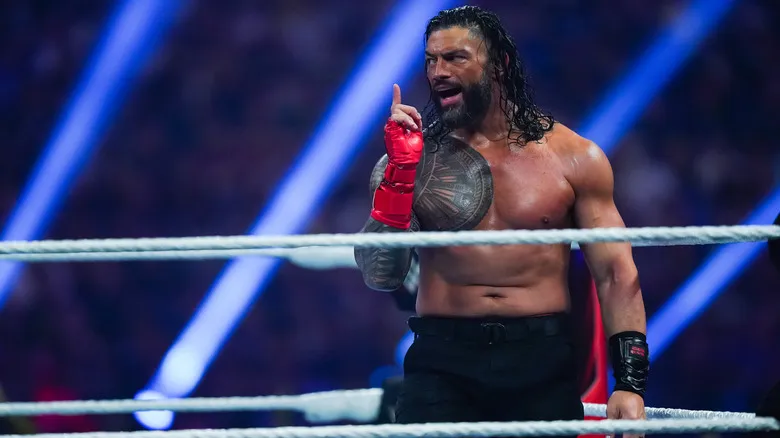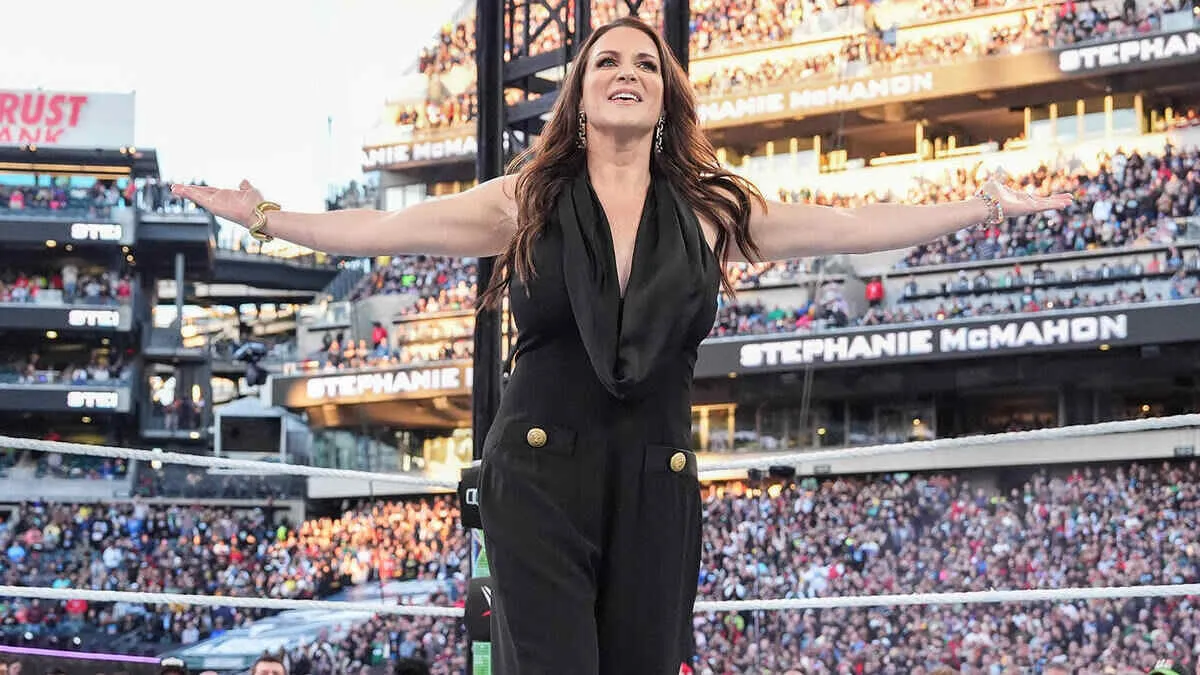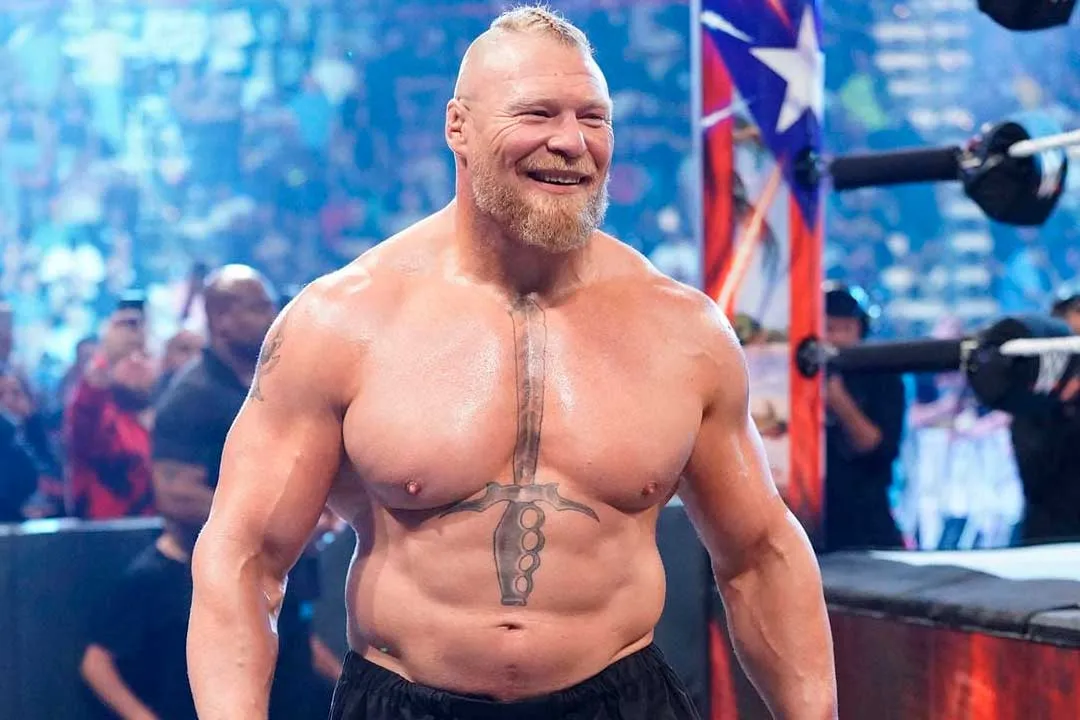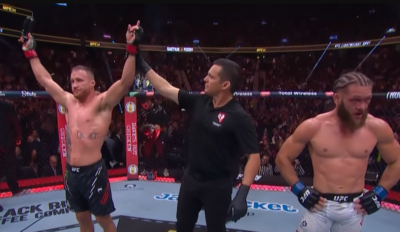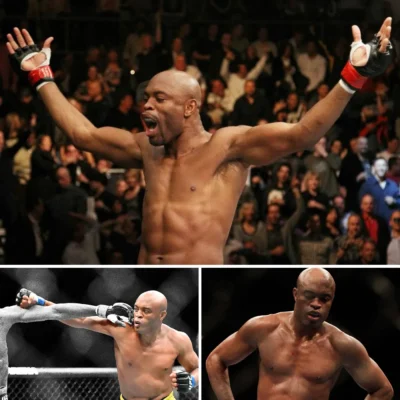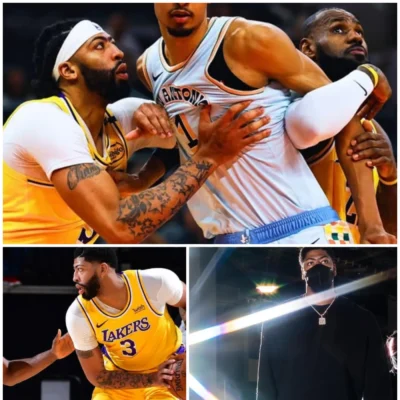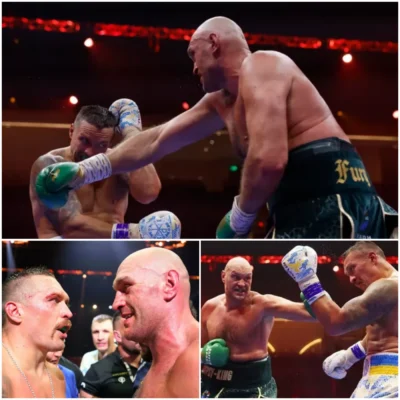
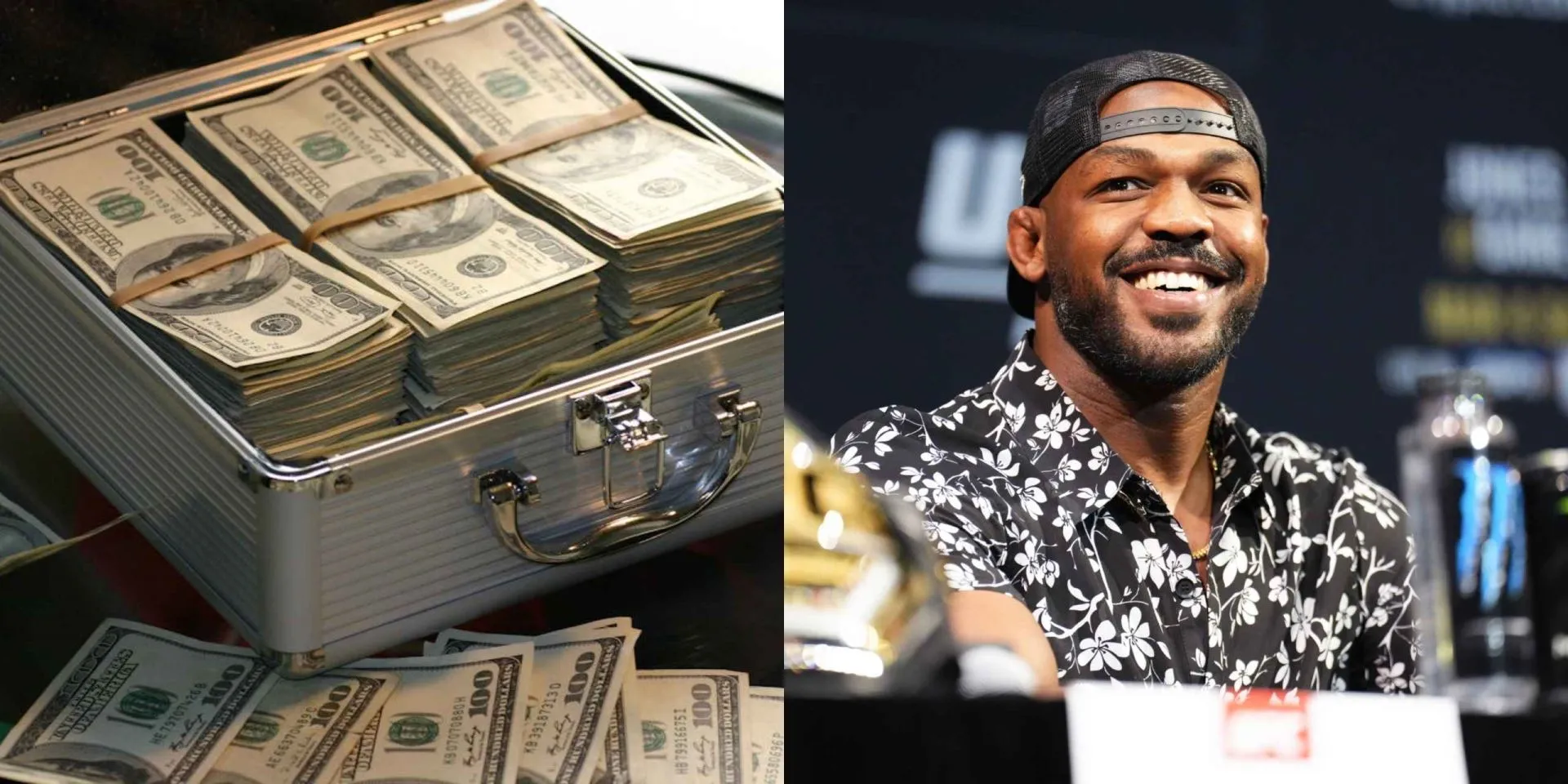
Jon Jones’ Double Standard: Why He Demands $30M for Some but Not Others
The $30 Million Question: Is Jon Jones Avoiding the Real Challenge?
For years, Jon Jones has been one of the most dominant—and controversial—figures in mixed martial arts. From his legendary title reign to his legal troubles and contract disputes, Jones has remained a lightning rod for drama inside and outside the UFC Octagon.
But now, a new controversy has emerged, raising an uncomfortable question:
Is Jon Jones deliberately pricing himself out of fights against dangerous opponents?
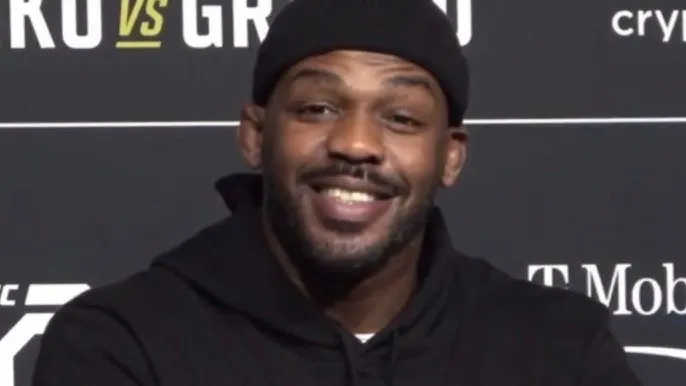
Jones reportedly demanded $30 million to fight Francis Ngannou but had no problem taking fights against Ciryl Gane and Stipe Miocic for significantly less. Now, after months of dismissing Tom Aspinall as a “nobody,” Jones has suddenly declared that he will only fight him for a massive payday—the same $30 million he asked for against Ngannou.
Yet, strangely enough, Jones showed no hesitation in expressing interest in fighting Alex Pereira—a much smaller opponent—for a fraction of that amount.
So, what’s really going on here?
Is Jones truly looking for what he believes he’s worth, or is this just another way to avoid the real threats to his legacy?
Let’s break it down.
The Ngannou Factor: When Fear and Finance Collide
Why Did Jones Demand $30 Million for Ngannou?
The Jon Jones vs. Francis Ngannou fight was one of the most anticipated matchups in MMA history. The UFC’s most dominant light heavyweight champion moving up to face the scariest knockout artist the division had ever seen? It was a fight made for the ages.
But it never happened.
Despite months of negotiations, the fight fell apart when Jones reportedly asked for a whopping $30 million payday—a number UFC president Dana White outright rejected.
Jones later claimed he was simply asking for his worth, but fans weren’t convinced. After all, he had taken fights for far less money in the past.
The UFC moved on, and Ngannou eventually left the promotion, signing with PFL and later securing a boxing match against Tyson Fury.
But Jones? He suddenly had no problem fighting Ciryl Gane—for a much smaller payday.
If Ngannou Was So Beatable, Why Not Fight Him?
Jones’ supporters claim that he simply wanted to be paid fairly for a fight of that magnitude. But his critics argue that the $30 million demand was a way to avoid a truly dangerous opponent.
Ngannou’s explosive knockout power, freakish strength, and underrated wrestling improvements posed a legitimate threat to Jones—far more than a kickboxer like Ciryl Gane, who lacked the grappling skills to challenge him.
And when the Ngannou fight fell apart, Jones immediately accepted a fight against Gane—finishing him in the first round without breaking a sweat.
Coincidence?
Tom Aspinall: The New Threat Jones Wants No Part Of?
Why Call Him a Nobody, Then Demand $30 Million?
Fast forward to 2024, and a similar situation is unfolding.
Interim heavyweight champion Tom Aspinall has emerged as one of the most dangerous new heavyweights in the world. His combination of elite boxing, speed, and grappling ability makes him a true all-around threat—something few heavyweights possess.
Yet, for months, Jon Jones refused to acknowledge him as a worthy challenger.
-
Jones dismissed Aspinall, saying he wasn’t a big enough name.
-
He ignored the calls for a fight, instead focusing on a showdown with Stipe Miocic, a legend but clearly past his prime.
-
When Aspinall won the interim title in dominant fashion, Jones still showed no interest.
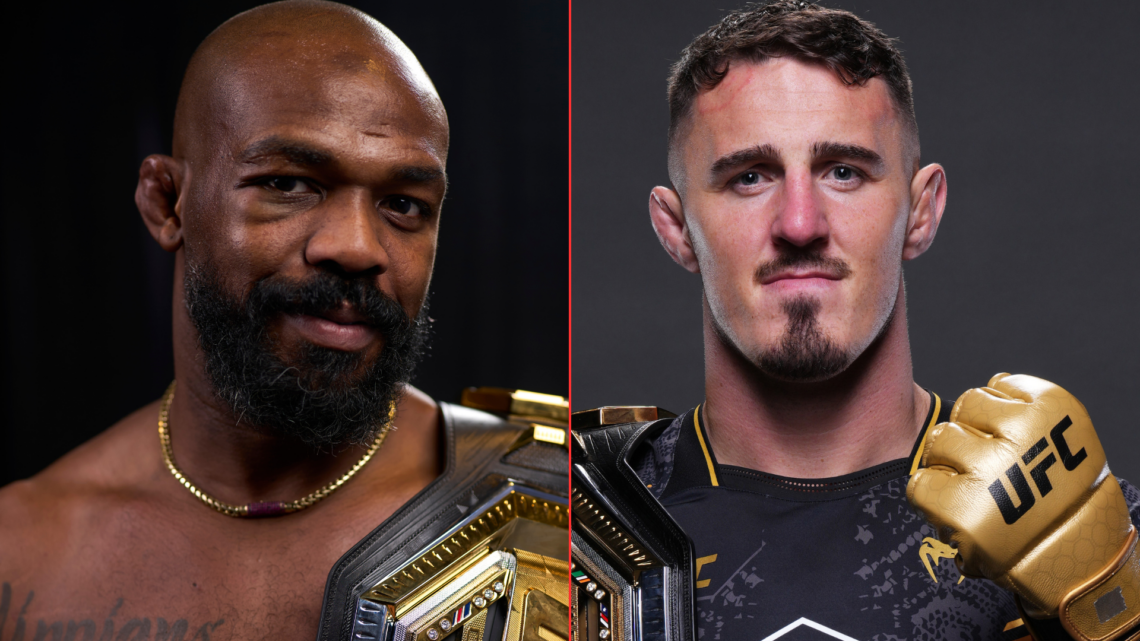
But suddenly, when the idea of fighting Aspinall became unavoidable, Jones shifted his approach.
Now, he was willing to fight—but only for $30 million.
Sound familiar?
A Clear Pattern: Avoiding Dangerous Heavyweights?
The pattern is undeniable:
-
Against Ngannou: “I’ll fight him—if I get $30 million.”
-
Against Aspinall: “I’ll fight him—if I get $30 million.”
-
Against Gane and Stipe? No problem, no massive payday required.
Why the double standard?
It raises the question: Is Jon Jones only willing to fight aging legends or stylistically favorable matchups unless the UFC pays him an astronomical sum?
Or is it something even deeper—a fear of facing the new breed of heavyweight killers?
The Pereira Paradox: Willing to Fight for Less?
Why Was Jones Eager for Pereira?
Adding to the confusion, Jones has openly expressed interest in fighting Alex Pereira, the reigning UFC light heavyweight champion.
Pereira is undoubtedly an elite striker, but at 205 pounds, he is far smaller than the natural heavyweights like Aspinall and Ngannou.

Yet, despite his previous demand for massive paydays, Jones showed no hesitation in discussing a potential Pereira fight for a much smaller purse.
Why?
Because stylistically, Pereira is a much easier matchup for Jones.
-
He lacks elite wrestling—an area where Jones thrives.
-
He is significantly smaller than Ngannou or Aspinall.
-
He is still relatively new to MMA, with just a handful of fights compared to Jones’ long career.
By calling out Pereira while demanding $30 million for Aspinall, Jones is making one thing painfully clear:
He is picking and choosing his battles based on risk, not competition.
Final Verdict: The Truth About Jon Jones’ $30 Million Game
A Legacy Tainted by Selective Matchmaking?
Jon Jones will always be known as one of the greatest fighters of all time, but his recent actions have cast a shadow over his legacy.
-
He demanded $30 million to fight Ngannou, then turned around and fought Gane for much less.
-
He dismissed Tom Aspinall as a nobody, only to suddenly demand $30 million to fight him.
-
He happily entertained the idea of fighting Alex Pereira, despite Pereira being a far easier stylistic matchup.
The message is clear:
Jones is playing the game of selective matchmaking—choosing fights that favor him while pricing himself out of real challenges.
What Happens Next?
Now, with Aspinall pushing for the fight, the pressure is on Jones to make a decision:
-
Will he finally step up and take on the most dangerous new heavyweight in the division?
-
Or will he continue to price himself out, avoiding true threats to his reign?
The ball is in Jon Jones’ court.
And with his legacy on the line, the world is watching.
Will he fight? Or will the $30 million excuse appear once again?
Only time will tell.








